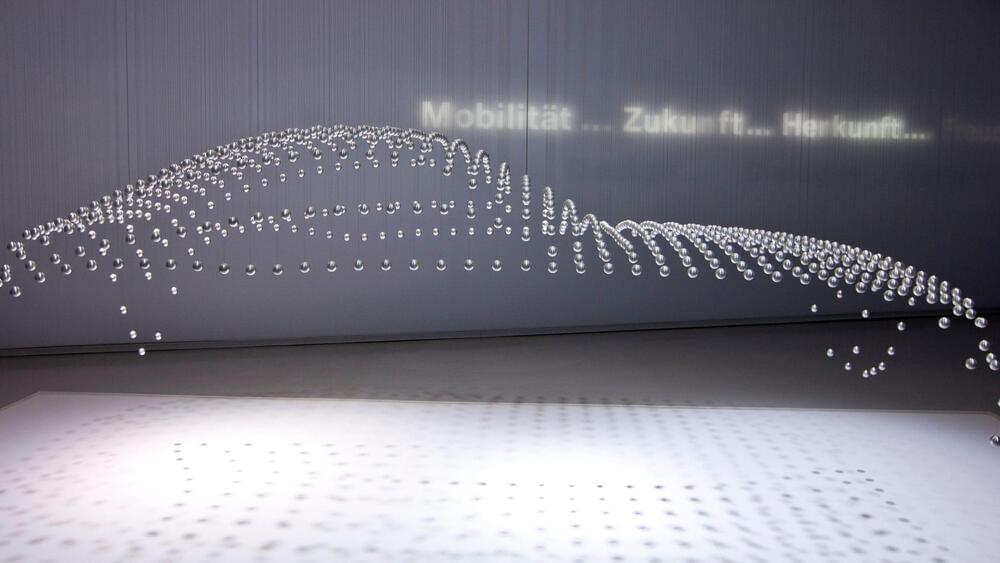An AI system is being developed to lead explorers around the lunar surface.
Without instruments like the GPS we have on Earth, scientists have been attempting for years to figure out how to travel over the lunar surface.
Landmarks like trees or buildings on Earth can serve as fuzzy but useful distance measures-features that are non-existent on the Moon.
NASA/Reese Patillo.
Since the Moon’s atmosphere is significantly thinner than Earth’s, it is challenging to determine the size and distance of distant landmarks when looking at the horizon.





